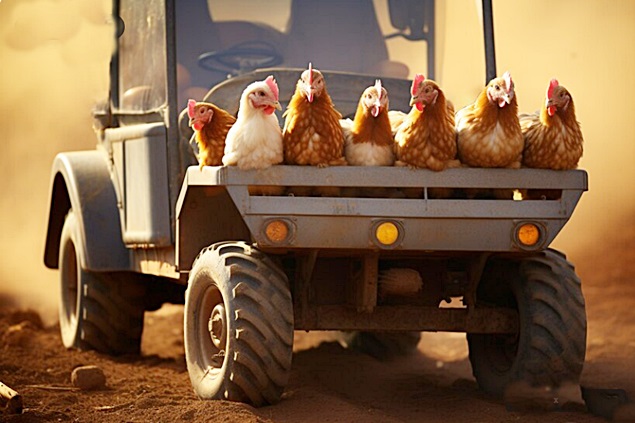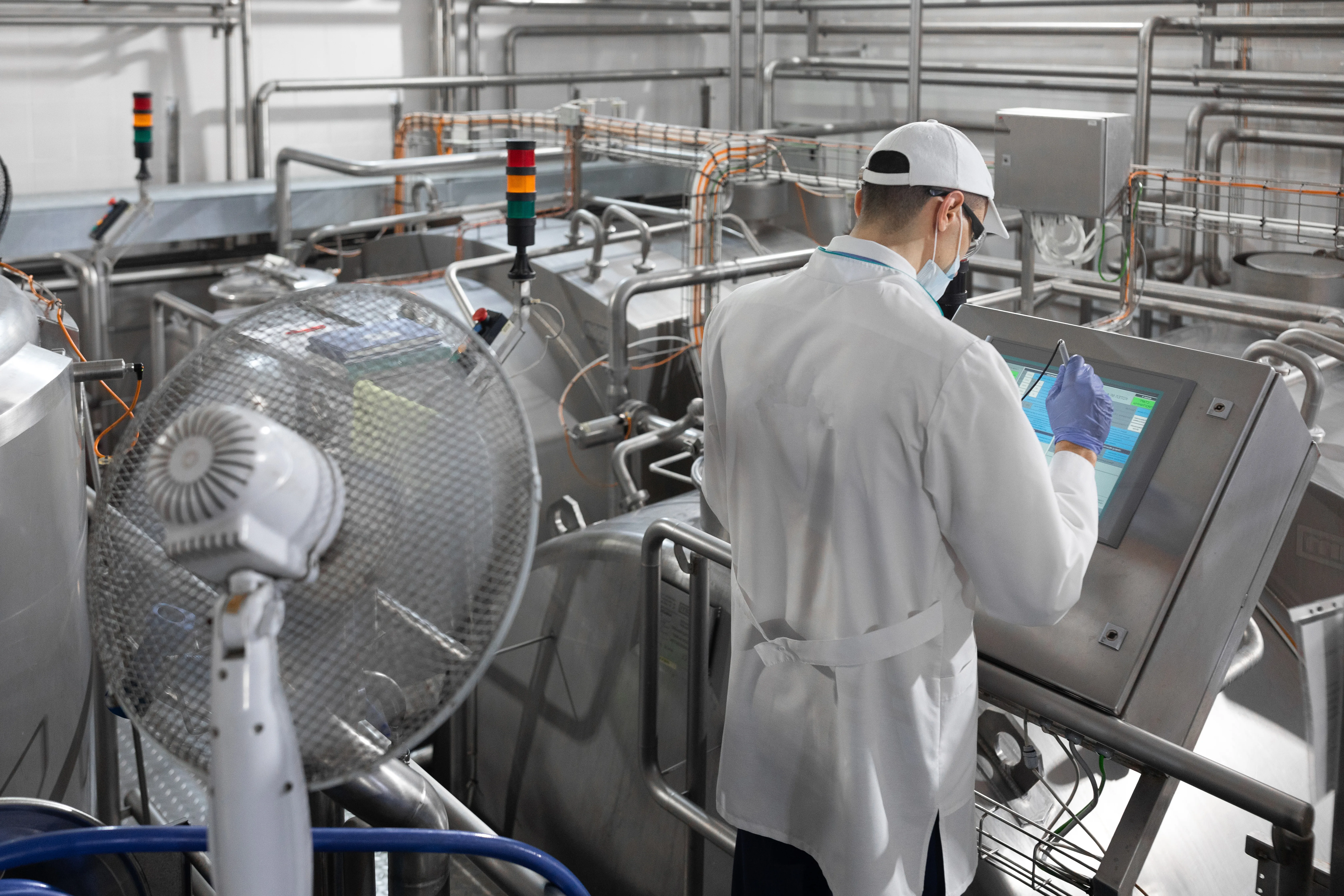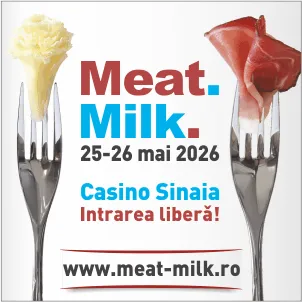
EU Animal Welfare Transport Proposal Disappoints Advocates: Key Issues Still Overlooked
According to Euractiv, animal welfare groups have expressed strong disappointment with the European Parliament’s AGRI-TRAN draft report on the proposed regulation for animal protection during transport, citing a failure to address crucial concerns such as journey times, truck space, and internal temperatures.
A Disappointing Start
Animal rights organizations were left disillusioned by the draft regulation co-presented by MEPs Daniel Buda (EPP) and Tilly Metz (Greens/EFA), criticizing it for making minimal changes and failing to address the main challenges animals face during transport in today’s climate.
“When I say it’s weak, the report doesn’t tackle many of the core issues in animal transport from a welfare perspective—things like space allocation, temperature, transport times, all these fundamental aspects are untouched,” said Jo Swabe, Senior Director of Public Affairs at Humane World for Animals.
She added, “It’s a very limited amendment, which highlights just how polarized the positions are—from the conservative right to the green left—so much so that it’s clear they can’t agree on the fundamentals of animal transport.”
Reducing Animal Transport
Reforms such as increasing the number of local slaughterhouses and reducing live animal transport, particularly cross-border movements that can spread disease, are seen as essential. The EU is currently dealing with a foot-and-mouth disease outbreak detected in Germany, Slovakia, Hungary, and Austria.
“Many politicians seem to forget that this legislation is about protecting animals during transport and related operations—that’s the title, and that should be the focus,” Swabe emphasized. “But instead, they’re focusing on everything else while neglecting actual welfare improvements.”
Training and Certification
The proposed amendments primarily address the people involved in animal transport rather than improving the actual transport conditions.
“There could be provisions, for example, setting minimum requirements for the training and certification of anyone involved in animal transport and related operations,” Swabe explained.
Tilly Metz, one of the two rapporteurs for the report, may face resistance. Many believe that stronger enforcement of current rules is more effective than introducing new legislation.
Core Issues: Journey Time, Space, and Temperature
Key concerns such as journey duration, space, and truck temperature are repeatedly raised and must be addressed in the new legislation.
“It’s going to be very tough, but I’m ready for that fight,” Metz said. “We owe it to the citizens, and we should listen to science, do our job, and not be manipulated.”
The deadline for submitting amendments is April 11, 2025. After that, points will be debated and reviewed in the following months.
“Some people yelled at me saying, ‘You want to get rid of animals,’—not at all. Less is better, yes, but better for everyone—for human health, for animals. It’s not about eliminating animals—that’s not the issue,” Metz clarified.
“We need the courage to do what we know must be done—and this isn’t against farmers. I want to do this with farmers and stakeholders. It’s about listening to citizens and meeting their expectations,” she added.
“In Luxembourg, it’s often young farmers who are speaking out in favor of banning live animal exports—they don’t want this anymore either,” Metz said. “Most farmers I know are shocked when they see how animals are really transported, the scandals on ships, what happens to their calves once they leave the EU—they don’t want that either.”
Temperature Control Challenges
The Federation of Veterinarians of Europe (FVE), the umbrella body for veterinary associations across 39 European countries, also expressed concern over the outdated nature of the current legislative framework.
“A key issue is protecting vulnerable animals—like pregnant animals, unweaned calves, laying hens, and end-of-life dairy cows—and giving them greater protection. We need to update the proposal with clear space requirements and address one of the biggest issues: preventing heat stress during transport,” said Nancy De Briyne, FVE Executive Director.
“Without air conditioning, it’s very hard to lower truck temperatures below ambient outdoor levels,” she added.
While the process may have started weakly, stakeholders hope the coming months will bring vital discussions and critical amendments—both for the animals and the farmers whose livelihoods depend on their care.





